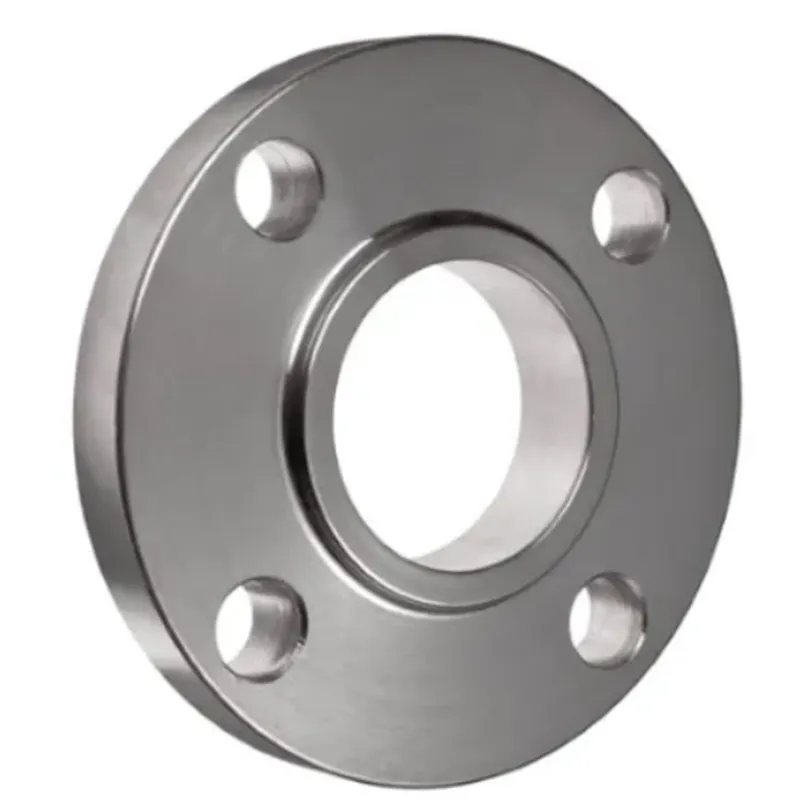-
Cangzhou Yulong Steel Co., Ltd.
-
Phone:
+86 13303177267 -
Email:
admin@ylsteelfittings.com
- English
- Arabic
- Italian
- Spanish
- Portuguese
- German
- kazakh
- Persian
- Greek
- French
- Russian
- Polish
- Thai
- Indonesian
- Vietnamese
- Zulu
- Korean
- Uzbek
- Hindi
- Serbian
- Malay
- Ukrainian
- Gujarati
- Haitian Creole
- hausa
- hawaiian
- Hebrew
- Miao
- Hungarian
- Icelandic
- igbo
- irish
- Japanese
- Javanese
- Kannada
- Khmer
- Rwandese
- Afrikaans
- Albanian
- Amharic
- Armenian
- Azerbaijani
- Basque
- Belarusian
- Bengali
- Bosnian
- Bulgarian
- Catalan
- Cebuano
- China
- China (Taiwan)
- Corsican
- Croatian
- Czech
- Danish
- Esperanto
- Estonian
- Finnish
- Frisian
- Galician
- Georgian
- Kurdish
- Kyrgyz
- Lao
- Latin
- Latvian
- Lithuanian
- Luxembourgish
- Macedonian
- Malgashi
- Malayalam
- Maltese
- Maori
- Marathi
- Mongolian
- Myanmar
- Nepali
- Norwegian
- Norwegian
- Occitan
- Pashto
- Dutch
- Punjabi
- Romanian
- Samoan
- Scottish Gaelic
- Sesotho
- Shona
- Sindhi
- Sinhala
- Slovak
- Slovenian
- Somali
- Sundanese
- Swahili
- Swedish
- Tagalog
- Tajik
- Tamil
- Tatar
- Telugu
- Turkish
- Turkmen
- Urdu
- Uighur
- Welsh
- Bantu
- Yiddish
- Yoruba

Nov . 22, 2024 00:13 Back to list
bending stainless steel tubing by hand
Bending Stainless Steel Tubing by Hand A Comprehensive Guide
Bending stainless steel tubing is a practical skill particularly beneficial for various DIY projects, art installations, and even in the manufacturing industry. While professional bending tools can ensure precise results, many enthusiasts prefer the challenge of bending stainless steel tubing by hand. This article will outline the tools needed, techniques, and essential safety tips to successfully bend stainless steel tubing by hand.
Understanding Stainless Steel Tubing
Stainless steel tubing is known for its durability, corrosion resistance, and aesthetic appeal. Its rigidity can pose challenges for manual bending. Unlike softer metals, stainless steel requires specific techniques and tools to achieve a clean bend without compromising its integrity or structure.
Tools You Will Need
Before starting the bending process, gather the necessary tools
1. Tube Bender or Pipe Bender A manual bender designed for the diameter of tubing you plan to work with will provide the best results. While you can bend by hand, a simple bender will ensure accuracy.
2. Clamp or Vise This will secure the tubing in place while you work on bending it.
3. Marker To mark your bending points on the tubing.
4. Heat Source A torch or heat gun to soften the area of tubing that needs to be bent (optional, but helpful).
5. Safety Gear Always wear safety glasses and gloves to protect yourself from sharp edges and to prevent injuries.
Step-by-Step Process of Bending Stainless Steel Tubing
Step 1 Measure and Mark
Use a measuring tape to determine where the bend should occur. Mark this point clearly with your marker. Precise measurements are crucial, as an incorrect bend can ruin the tubing.
bending stainless steel tubing by hand

Step 2 Secure the Tubing
Using a clamp or vise, secure the tubing to ensure it does not move while you bend it. This stability is essential for achieving a smooth, accurate bend.
Step 3 Heat the Tubing (if necessary)
If you're working with thicker tubing, consider using a heat source. Carefully heat the section you plan to bend. Stainless steel can become more pliable when heated, allowing you to create smoother bends. However, be cautious not to overheat, as this can weaken the metal.
Step 4 Start Bending
Begin the bending process using your hands or a manual bender. If using your hands, apply even pressure on both sides of the marked point. The goal is to create a gradual curve rather than a sharp angle. If using a bender, follow the manufacturer’s instructions to achieve the desired angle.
Step 5 Finishing Touches
Once you have achieved the desired bend, take a moment to inspect the tubing. Look for any kinks or deformations that may have occurred during the bending process. If there are any sharp edges, use a file or grinder to smooth them out.
Tips for Success
1. Practice If you’re new to bending stainless steel, practice with scrap pieces before attempting more important projects.
2. Go Slow Rushing can lead to mistakes. Take your time to ensure accuracy with each bend.
3. Maintain Proper Form Use your body weight to help in bending, rather than relying solely on your arms, which can tire easily.
Conclusion
Bending stainless steel tubing by hand is a rewarding skill that combines craftsmanship with technical expertise. By understanding the properties of stainless steel and using the right techniques and tools, you can create precise bends that enhance your projects. Whether you’re building furniture, crafting art pieces, or developing prototypes, mastering this skill allows for greater creativity and versatility in your work. Happy bending!
Latest news
-
ANSI 150P SS304 SO FLANGE
NewsFeb.14,2025
-
ASTM A333GR6 STEEL PIPE
NewsJan.20,2025
-
ANSI B16.5 WELDING NECK FLANGE
NewsJan.15,2026
-
ANSI B16.5 SLIP-ON FLANGE
NewsApr.19,2024
-
SABS 1123 FLANGE
NewsJan.15,2025
-
DIN86044 PLATE FLANGE
NewsApr.19,2024
-
DIN2527 BLIND FLANGE
NewsApr.12,2024
-
JIS B2311 Butt-Welding Fittings LR/SR 45°/90° /180°Seamless/Weld
NewsApr.23,2024











